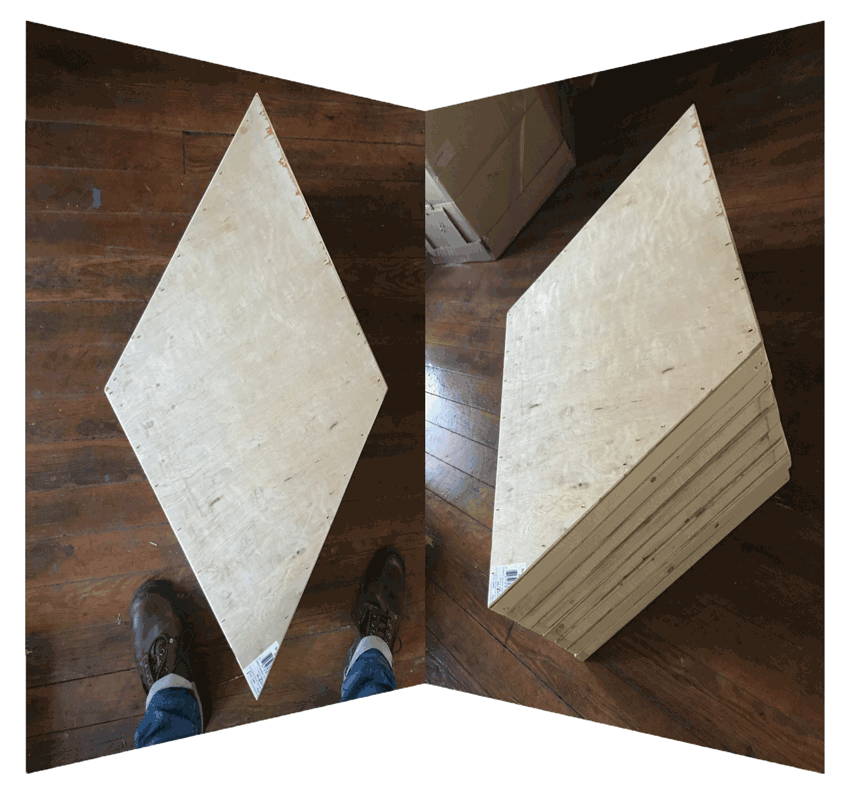December 25, 2022
Jesus Newborn

- For the day in which we celebrate the birth of Christ, the (re)birth of life.
- What the following notes focus on is not the eschatological aspect of the Christian story. Even though the early church was saturated with expectations of a final resolution of the world's problems within their lifetime, it's easy to forget the very human anticipation of the fruit of struggle in triumph over oppressors, an expectation that possesses a larger ambit than the sphere of religion. For example, try to see Marxism as yet another eschatological yearning in secular terms. The desire to escape suffering (*cough* Buddhism *cough*) is built into the human condition. Outside of this frame exists a larger story that Western Civilization has told itself: instead of sacrificing to appease a god, this particular god, G-d, had sacrificed itself/himself. In other words, it is remarkable that the Christian god yearns for mankind. He is not an impersonal force that must be appeased else we suffer. He suffers with us. He suffered for us.
- Ambiguity undergirds the whole story. Christ is the incarnation of G-d, he was/is simultaneously human and divine. Christ both knows and doesn't know that he is the son of G-d. He is enough of a mere mortal to experience crisis before, during and after (?) the crucifixion.- Constant interpolation, ambient uncertainty, self doubt and wavering.- Judas had to betray and die, the Jews had to persecute Christ, the Romans had to police him. A sacrifice more than Jesus' was destined.
- What is healthy ambiguity and unhealthy schizophrenia?
- Clarity would destroy the whole story, there would be no drama to existence otherwise. There would be no sacrifice.
- Another theodicy: why encrypt the terms of salvation?
- G-d exists outside of time. Humanity is a prisoner of time. There is no way for the latter to understand the former. There is no alternative universe / multiverse where Judas decided not to betray Jesus. The phrase "It is what it is" is related to the phrase "I am who I am" (Exodus 3:14).
- Judas is key, the lynchpin, the bigger (?!!) sacrifice. Key to the Gospel of Judas, one of several gnostic texts exiled from the bible.
- The meme concerning the treachery of the Jews to one of their own (an act of sacrifice for he good of the tribe?) was essential for the birth of Christianity and preserved their own (Jewish) cultural narrative (to not be subsumed into an updated & eclipsing religion).
- Judas-as-betrayer summons the crooked timber idea. G-d as carpenter builds a house of/by/for humanity, and he deliberately used crooked timber in its design and construction. Moreover, he chose elements that would fail purposed in their destruction for the eventual emergence of a house 2.0 that is redeemed... such people are essentially souls of utility who are destined to perdition, discards. (Refer to Jesus Christ Superstar's song "Damned for all time").
- There is an essential beauty to the narrative of G-d incarnating and offering himself for sacrifice for the sins of mankind, the ultimate offering, the (vertical) connection between the godhead and mankind
- The Contractual Aspect: believe and you will be saved... receive the storyline, accept it into your heart and you will be connected with the godhead... this is a civilizational operating system, the glue that binds egos that would otherwise stray in egocentrism. The Christian story is the operating system of Western Civilization.
- A challenge: If you are studying art history while blocking out the Christian story, you won't understand art history and you you probably won't understand art either. You don't have to believe it, you only have to strive to understand it.
December 23, 2022
JOBx2
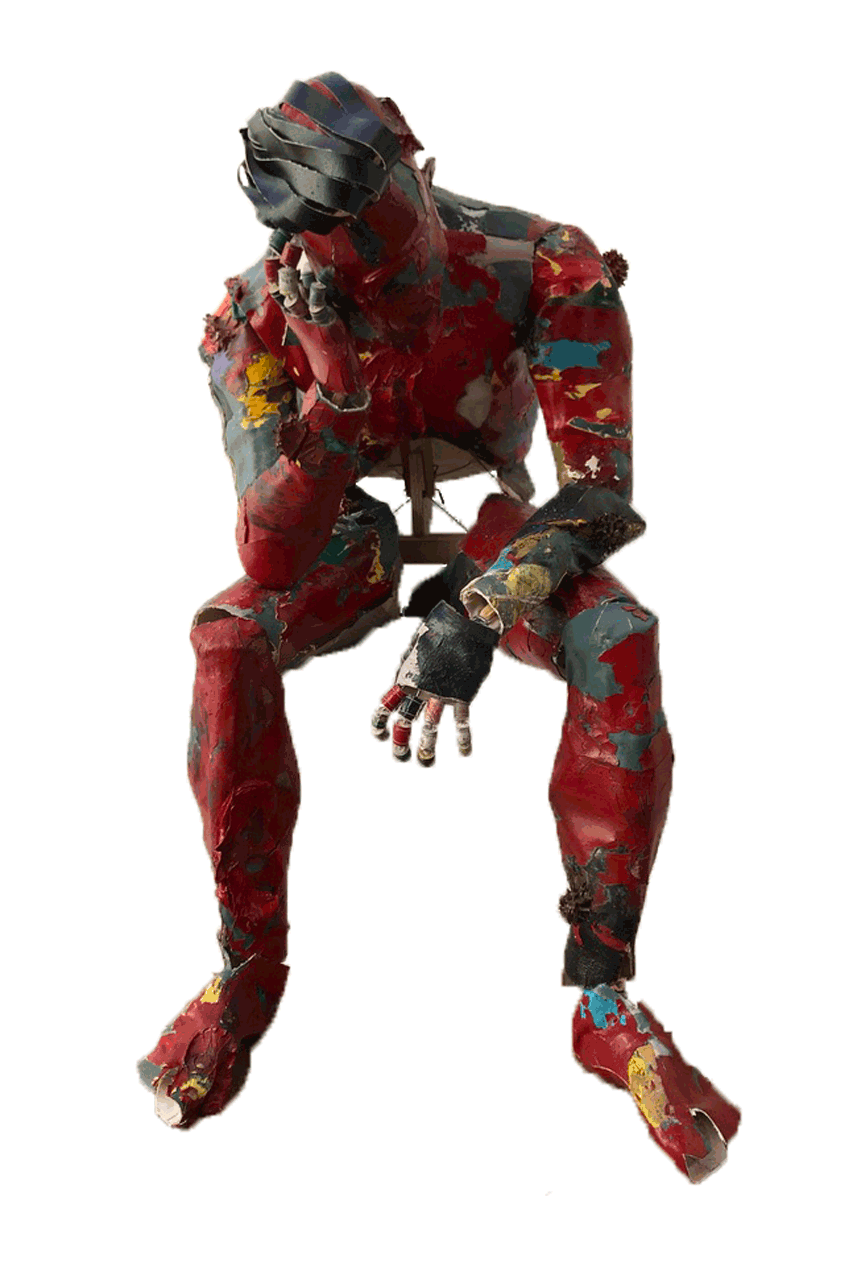
JOBx2
2022
#617
145(H) x 70(W) x 85(D) cm
Oil on Canvas over Wire and Wood
the extent of the earth
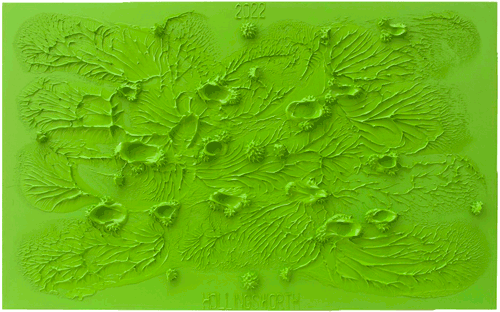
the extent of the earth
2022
#616
90 x 145 cm
Oil on Canvas over Wood Panel
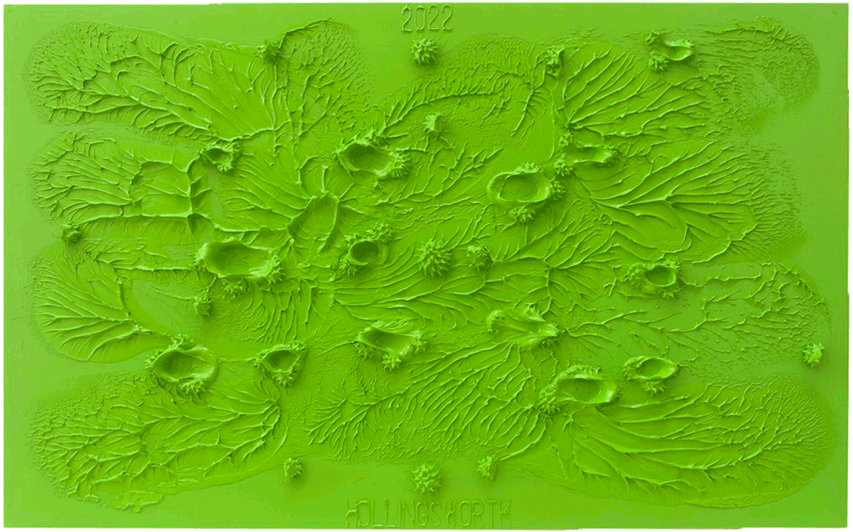
Tell me, if you know all this
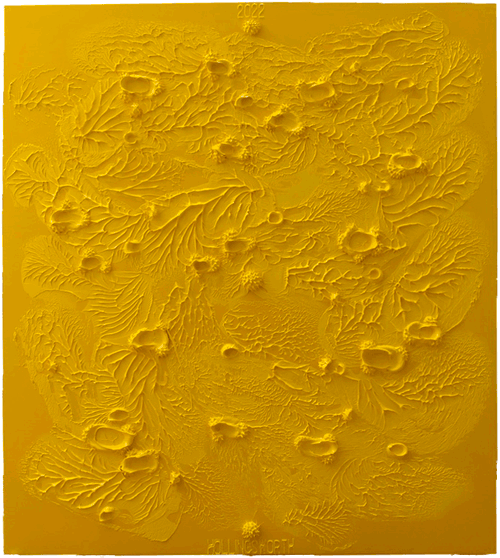
Tell me, if you know all this
2022
#615
180 x 160 cm
Oil on Canvas over Wood Panel
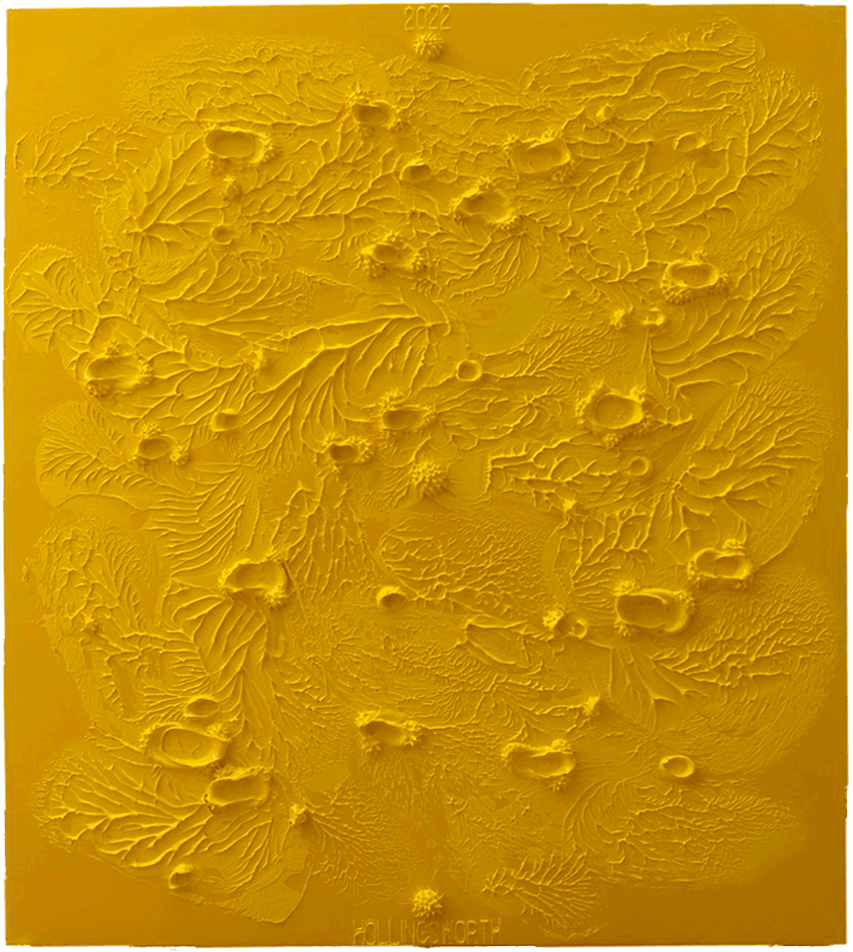
vents of the sea

vents of the sea
2022
#614
162 x128 cm
Oil on Canvas over Wood Panel
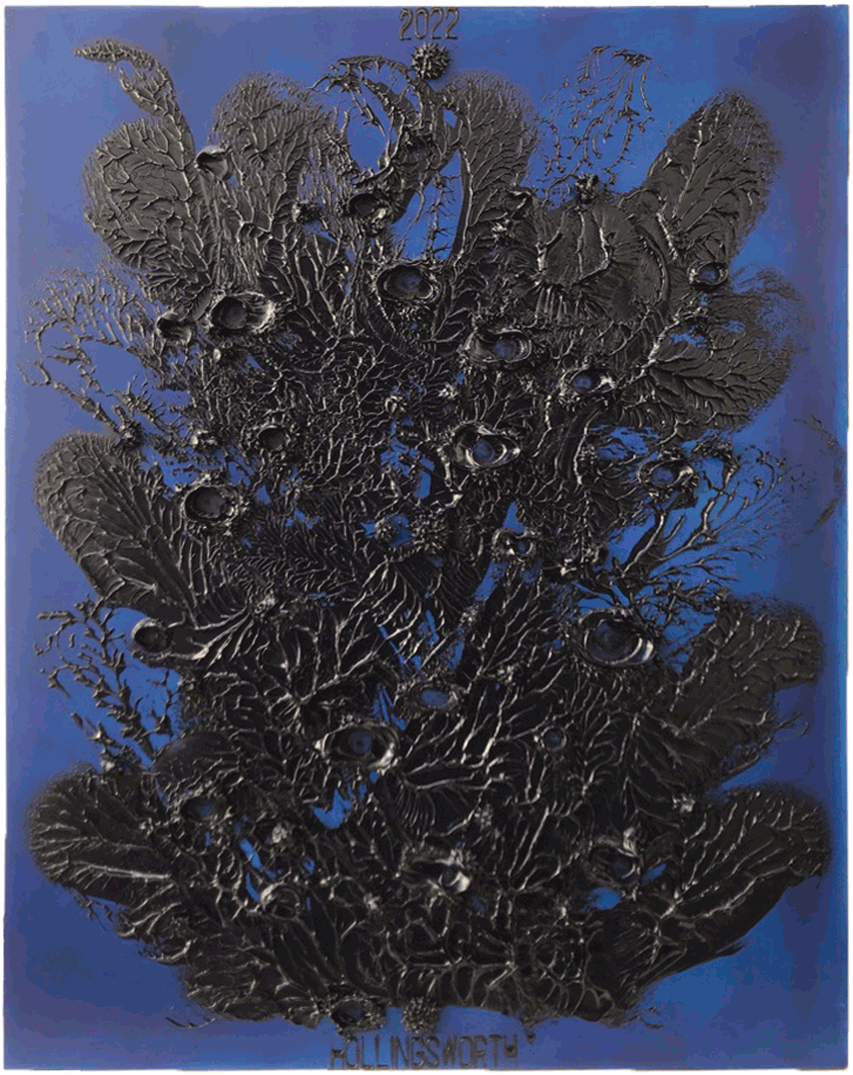
December 5, 2022
trenches of the deep
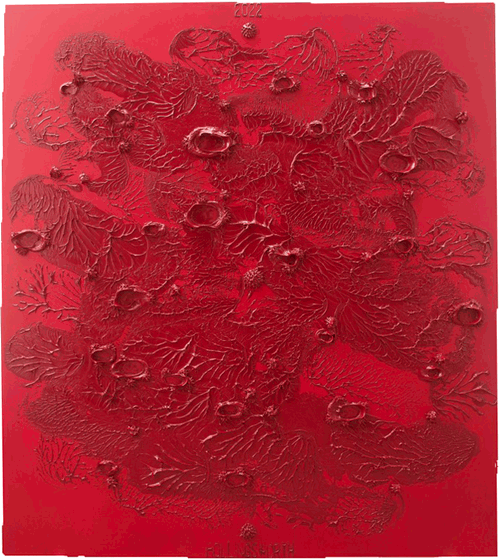
trenches of the deep
2022
#613
180 x 160 cm
Oil on Canvas over Wood Panel
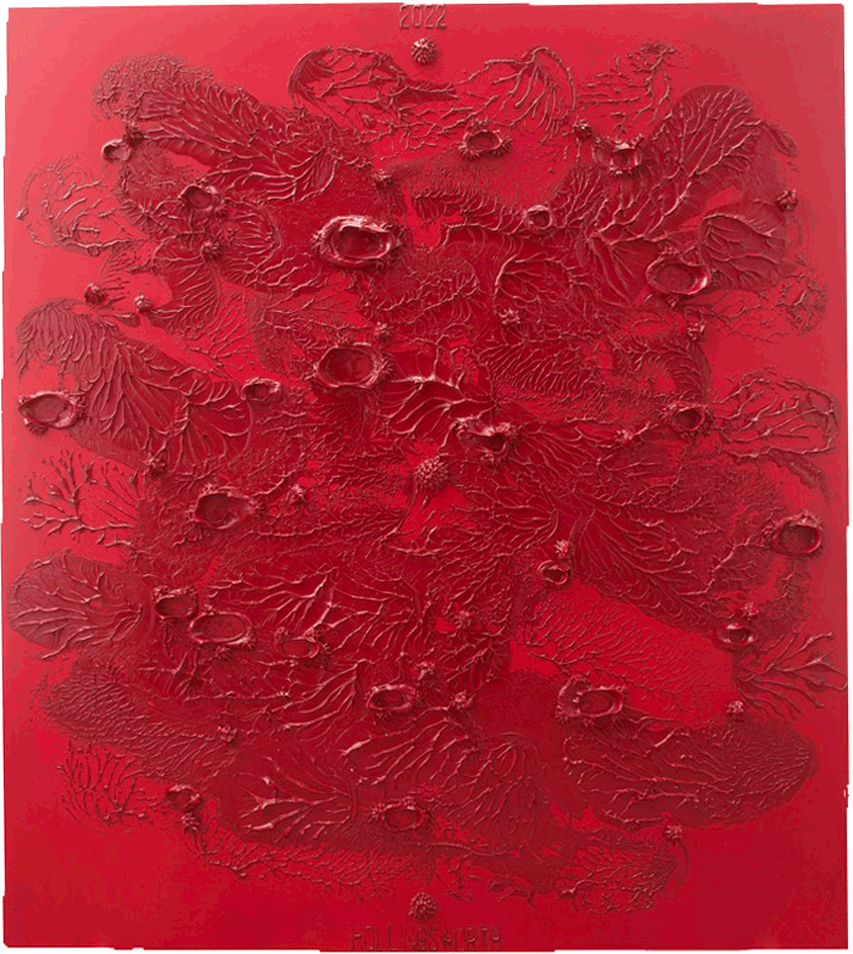
December 1, 2022
Diamonds

Intuition. The Muse. Presentiment. Hunch.
As I listened and half watched the Jimmy Dore Show featuring guest host Aaron Maté, my passing glances were arrested by the shape of the paintings behind the interviewee. I can't recover the name of the correspondent, my search fruitless. I think that he was located in Ukraine at the time, or at least in that region. I thought about how Malevich hung his Black Square into the upper corner of his exhibition The Last Futurist Exhibition of Painting 0:10, recalling the traditional Russian Prayer Corner.
Diamond shapes, this is what I had fixated upon. Something, someone, I said somewhere in my mind: "THIS." You have to pay attention when this happens. You have to stop what you are doing and take heed.
Also, I had made hexagonal paintings not too long ago. Really enjoyed the experience. Didn't want to do so again just to do so, an artist needs the gears to bite in a little harder than that. But a hunch... A handful of small but robust diamonds. Yeah, that'll work.
***
Giles Deleuze wrote in the first chapter of his book Bergsonism, describing the philosopher's approach to intuition, pushing back on the idea that intuition is something that happens out of the blue. First, he says that intuition happens within Duration, the human experience in time. He, like Bergson wants to render intuition methodical:Bergson distinguishes essentially three distinct sorts of acts that in turn determine the rules of the method: The fist concerns the stating and creating of problems; the second, the discovery of genuine differences in kind; the third, the apprehension of real time."
To nod to Deleuze, I have to admit that I was building panels at the time, and I was not too happy to expend extra material into the same dimensions of the proportions of the paintings I was already making. Part of my mind was casting about for alternatives.
But then there are quotes like this from the translator's introduction that put me on guard regarding our éminence grise:My way of getting out of it at the time [the "it" being, the history of philosophy], was, I really think, to conceive of the history of philosophy as a kind of buggery or, what comes to the same thing, immaculate conception. I imagined myself getting onto the back of an author, and giving him a child, which would be his and which would at the same time be a monster. It is very important that it should be his child. because the author actually had to say everything that I made him say. But it also had to be a monster because but was necessary to go through all kinds of decenterings, slips, break ins, secret emissions, which I really enjoyed. My book on Bergson seems to be a classic case of this.
I mean, really? This makes me want to fluoresce A Thousand Plateaus with a UV light.
That was 1966. Transgression has broken nearly all... or maybe all... of the china in the shop by now. Today's problem: how to transgress transgression without resorting to the reactionary? From the headlines of the past 24 hours, Ye is either trying to do this, or is trying to break more chinaware, with questionable success.
***
Colonel Kurtz's monologue in Apocalypse Now: *And then I realized... like I was shot... like I was shot with a diamond... a diamond bullet right through my forehead.
* By the way: When I was a young sailor on leave in the Philippines, I had a chance to ride up to Pagsagjan Falls in a canoe with my cousin. Along there way, we floated past a surreal scene. Abandoned patrol boats, remnants of a village, scarred signs of battle. It was the spent set of Apocalypse Now.
